CURATORS’S POINT OF VIEW
(MICHEL GAUTHIER AND ARNAULD PIERRE)
“While the name Vasarely evokes colourful images playing with optic illusion, the whole scope and logic of this artist’s work remains little known more than twenty years after his death. The last major Parisian exhibition devoted to the artist dates back to 1963 at the Musée des Arts Décoratifs. This new retrospective at the Centre Pompidou explores his work from all its facets, rather than focusing only on the aspects which would conform to the popular concept of Great Art. Through an outstanding collection of nearly eighty paintings, an architectural integration and a wide selection of multiples, discover a work which rose, like the DS or Pierre Paulin’s armchairs, to the status of the great technical and cultural mythologies of its time.
This exhibition reveals Vasarely’s ‘software’, which holds a dual dimension. As the heir of the historical avant-gardists of the early half of the 20th century, in particular Bauhaus, Victor Vasarely launched into a radical undertaking to secularise art. In other words, he was committed to defining ways of designing and producing which would enable widespread social distribution of art. At the same time, and this is the other major aspect of his work, Vasarely developed forms which caught the eye to a further degree than abstract painting in general and thus marked history as the inventor of kinetic art. The exhibition invites you to discover each of these aspects and how they are linked
Vasarely studied in Budapest alongside the historical avant-gardists. His master, Sandor Bortnyik, was one of the major figures of Hungarian modernism. The first section of the exhibition reveals a Vasarely adapting the language of modernism to advertising and laying the foundations, in the 1930s and through his advertising works and various studies, of his creations to come. The Zèbres series is a striking precedent to the optical-kinetic forms which were to emerge two decades later.
Some twenty paintings, some from private collections and exhibited here for the first time in more than fifty years, demonstrate the uniqueness of Vasarely’s brand of abstraction in the late 1940s. This abstraction is based on the observation of reality, nature and architecture. Particular emphasis is placed on a dozen paintings in the Gordes-Cristal series. In 1948, the artist visited Gordes for the first time, and under the Provence sun, he made a decisive discovery for the development of his work, i.e. the angular geometry of the site and the powerful contrasts of shadow and light which provoked optical illusions and destabilised vision. Crystal, with its complex effects of reflection, transparency and blurred planes, became a model for his abstraction. The instability of these crystalline forms, the first explorations of an elementary visual language and the desire to bring movement to inert forms of abstraction combined to pave the way for the impressive aesthetic revolution which was to be the birth of optical-kinetic art in the mid-1950s, renamed Op Art in the following decade. By reducing his language to black and white, Vasarely thus defined a vocabulary which transports the eye to the dynamic world of waves and particles. The exhibition presents some major works which seem to vibrate or flash. In these works, a shape captured by the eye is endlessly transformed in other shapes.” …
– for more information on additional images from this event please contact EMS at emsartscene@gmail.com or Instagram at @ericminhswenson

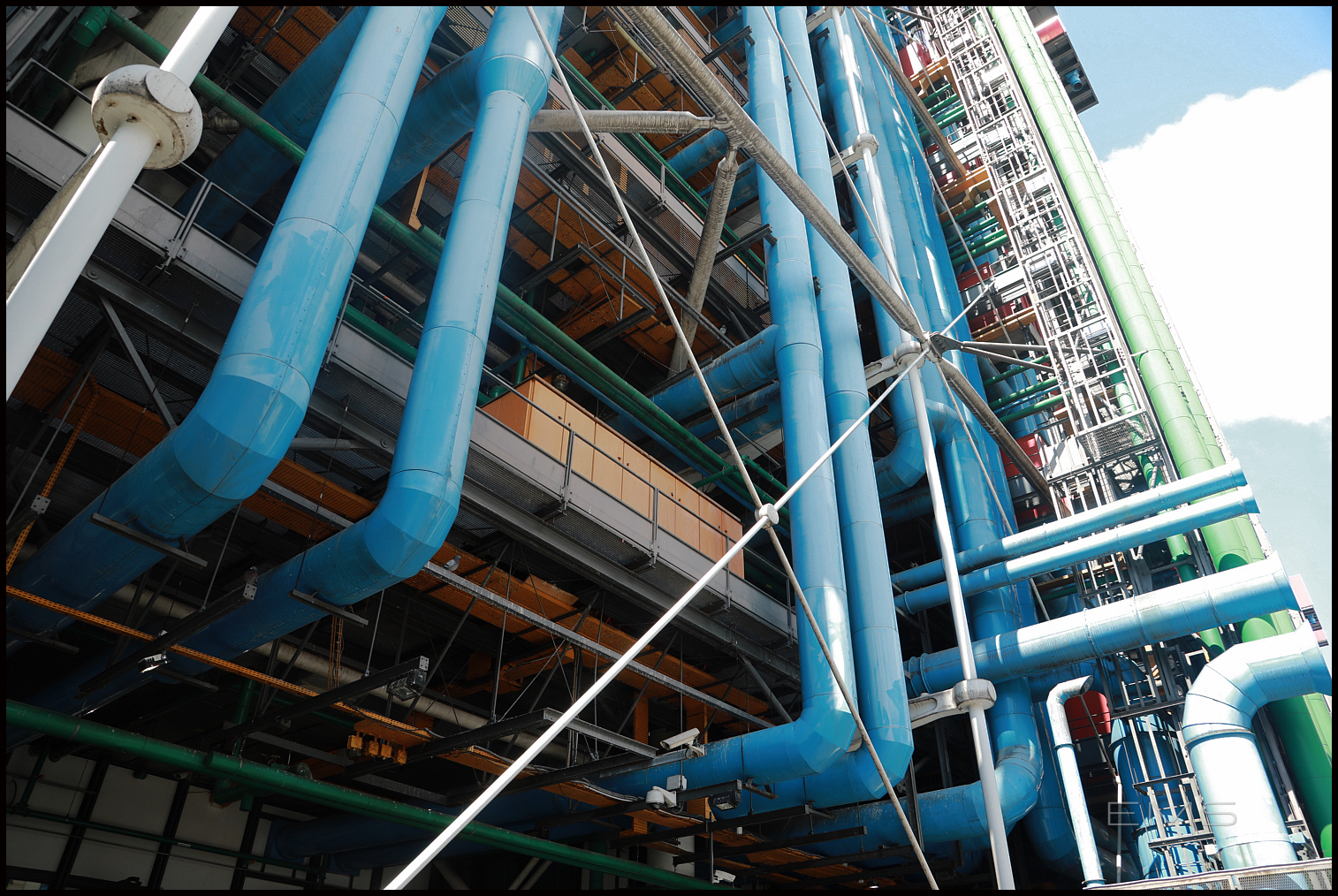
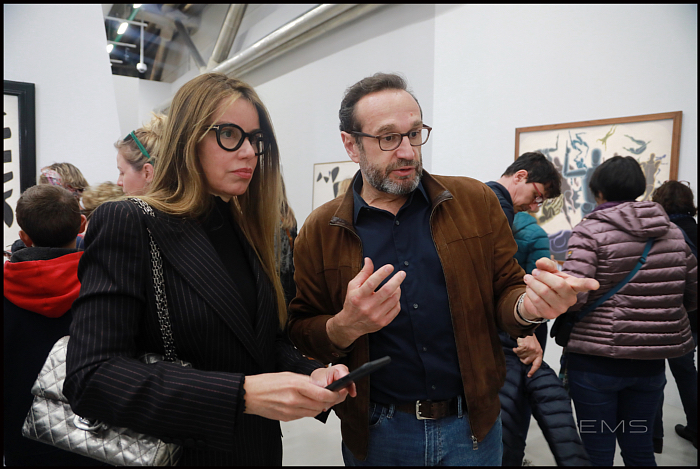
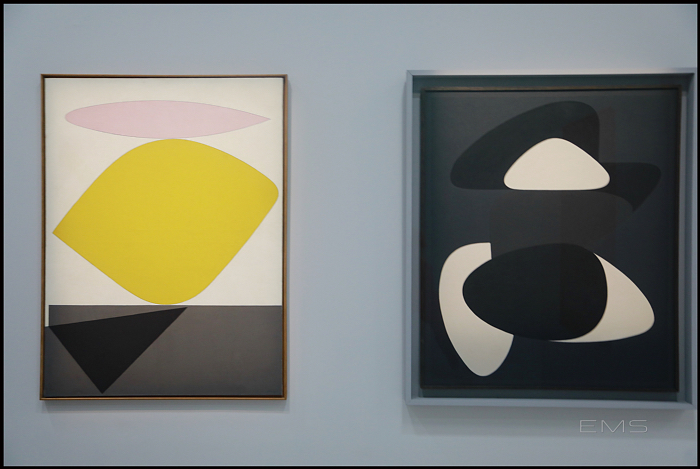
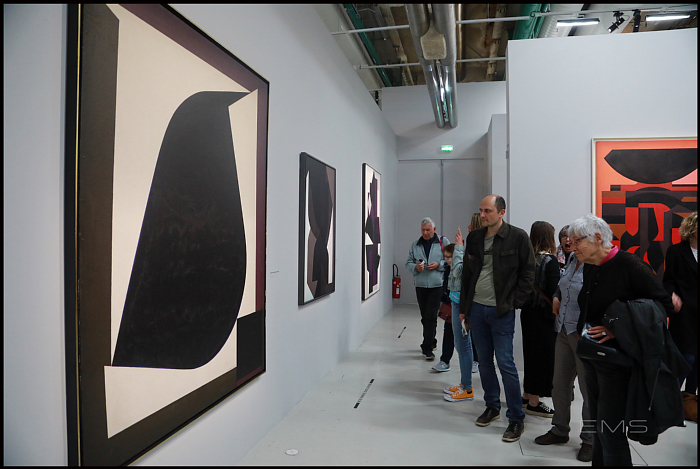
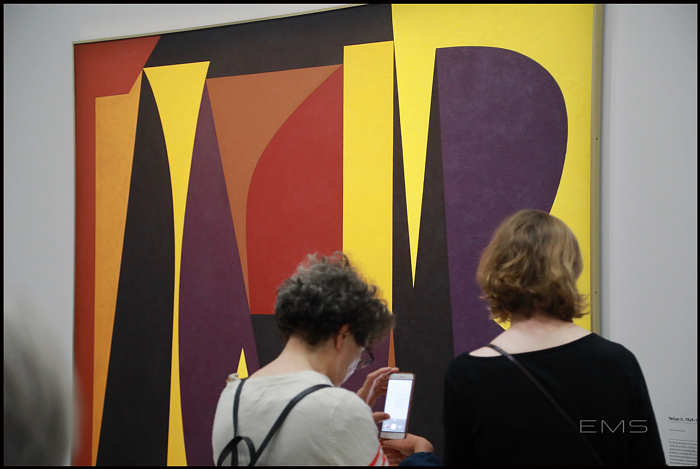
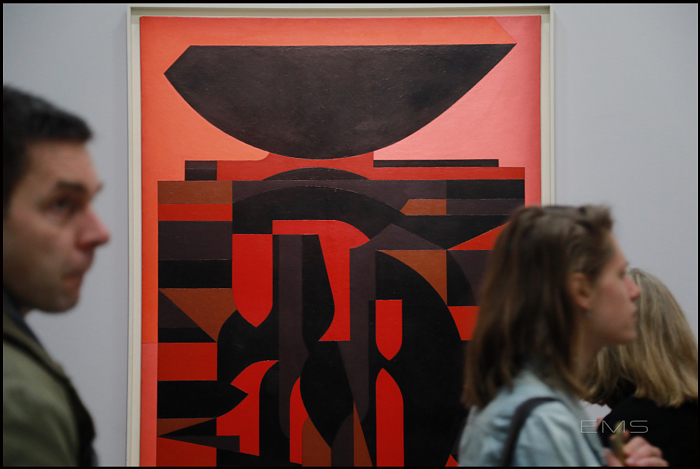
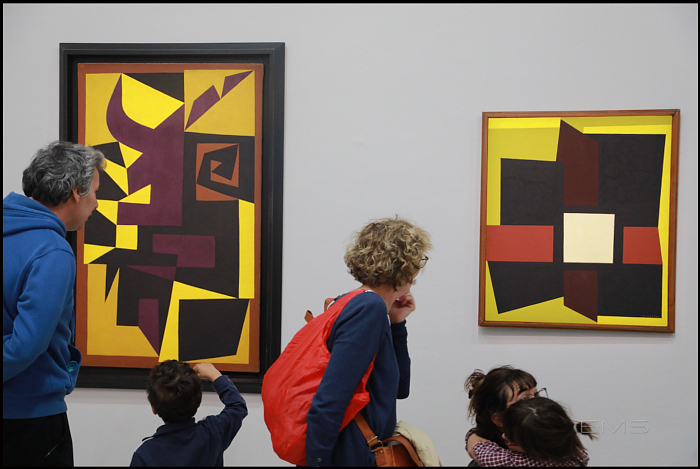
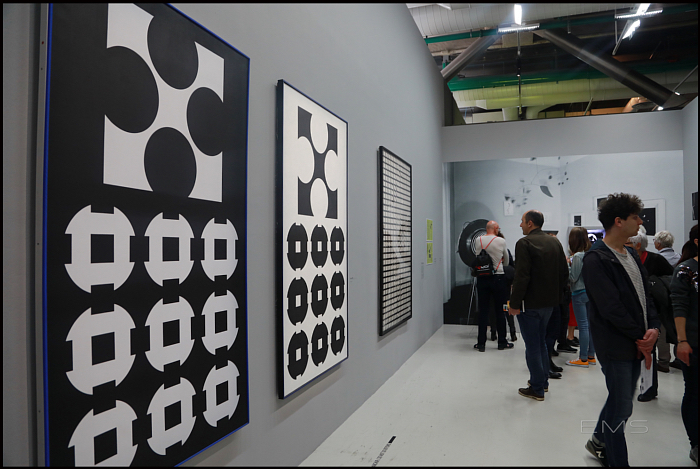
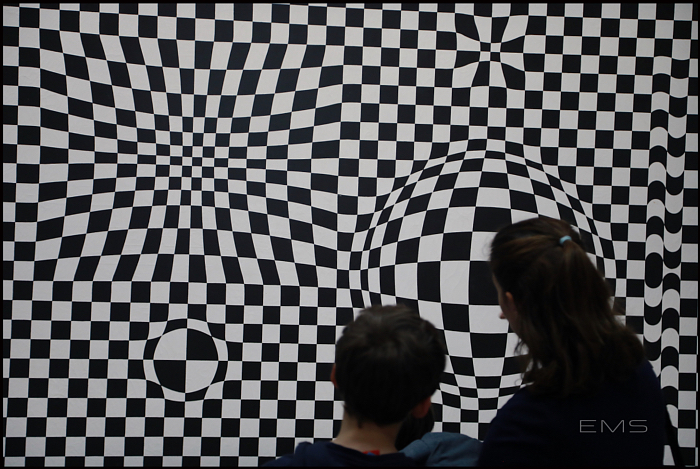
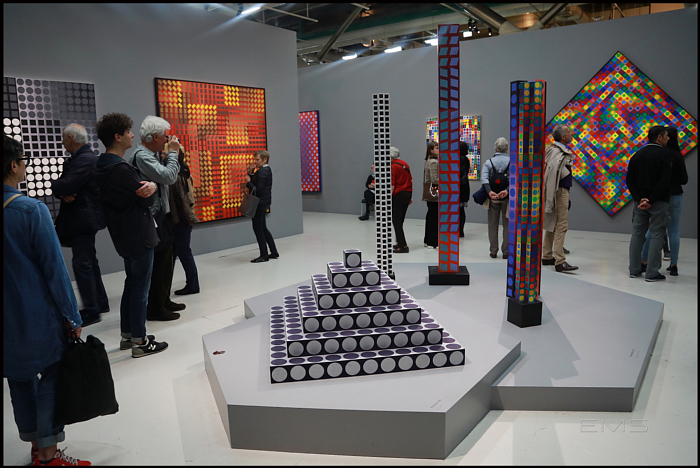
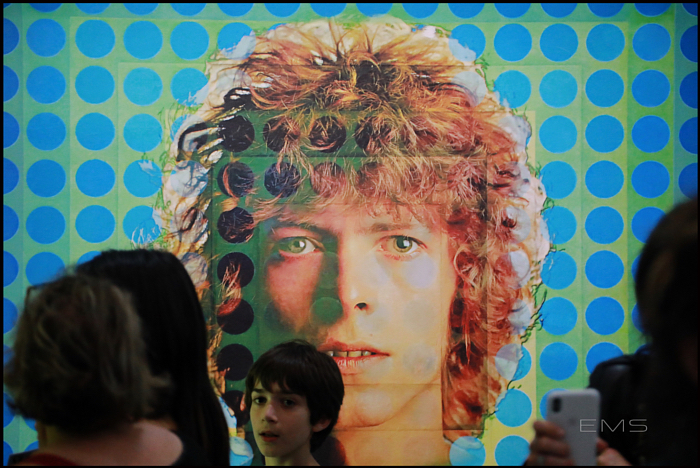
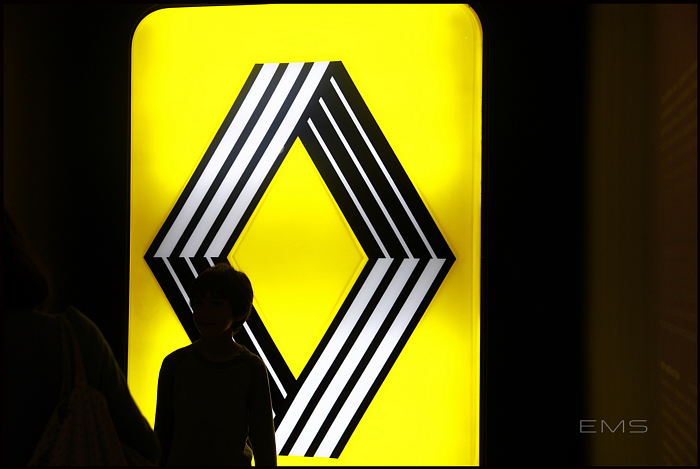
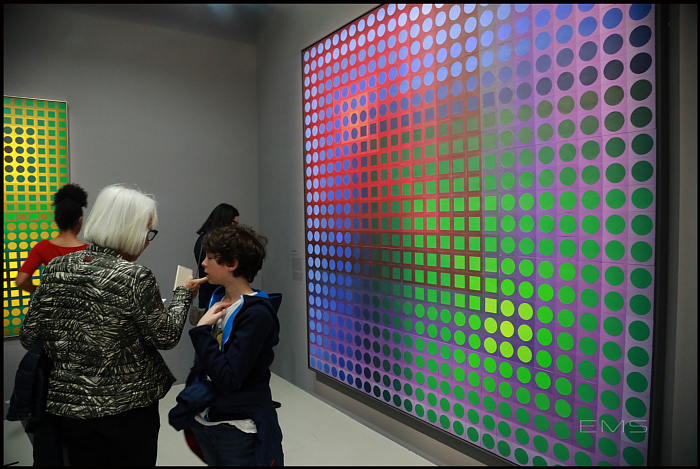
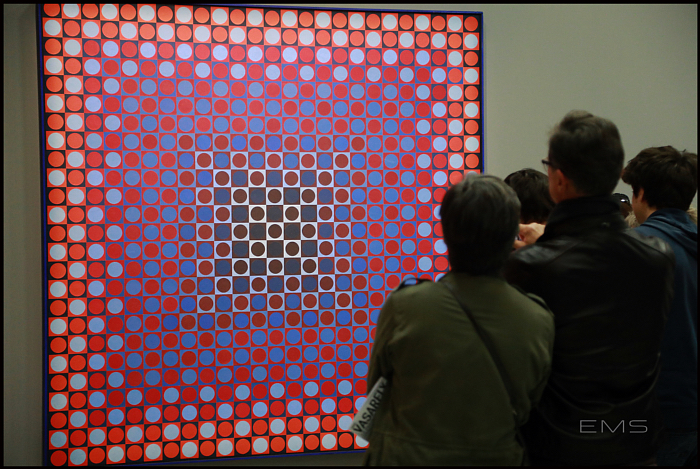
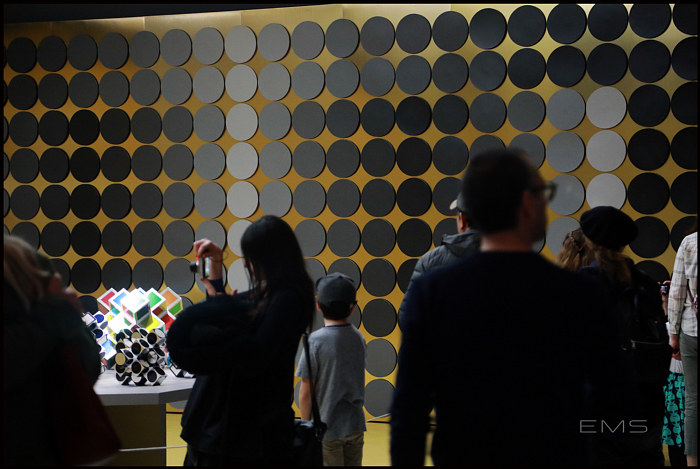
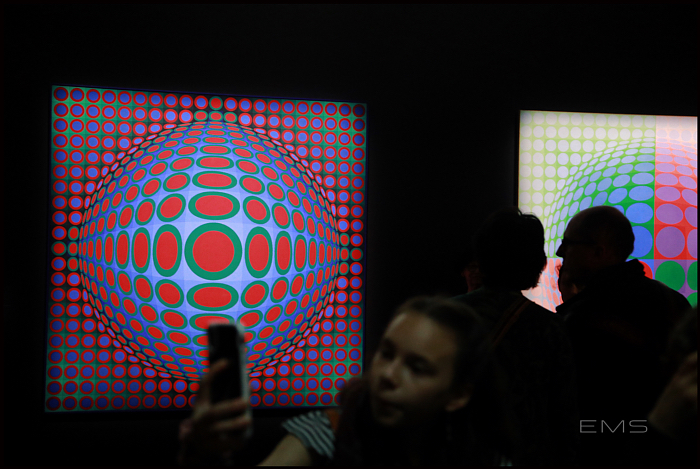
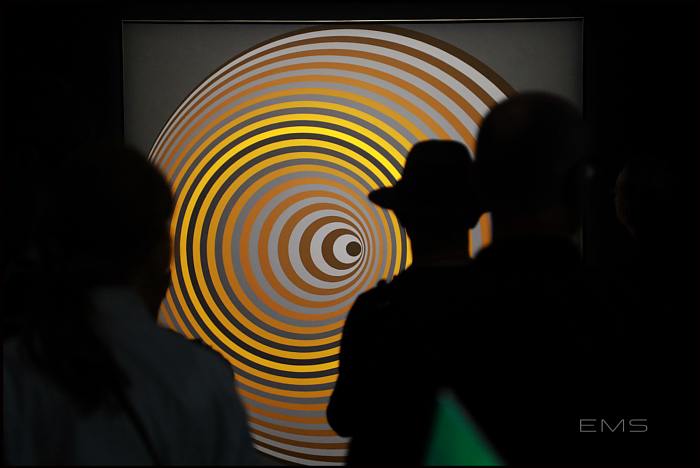
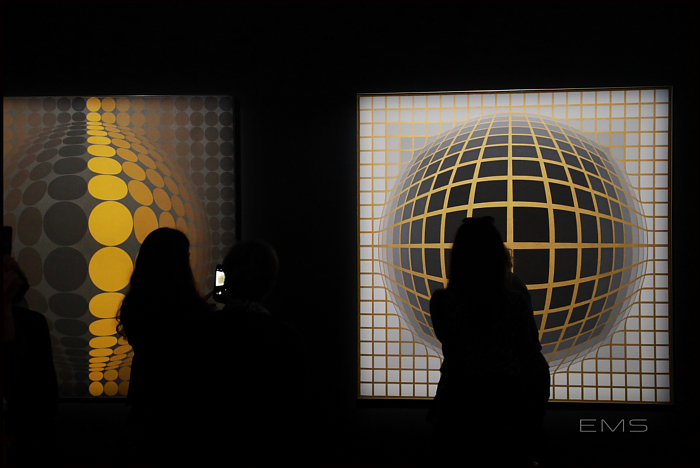
Recent Comments